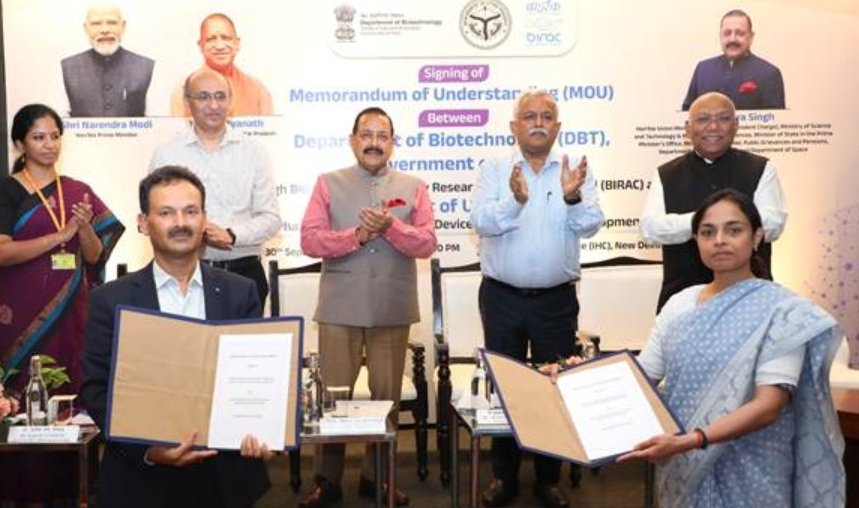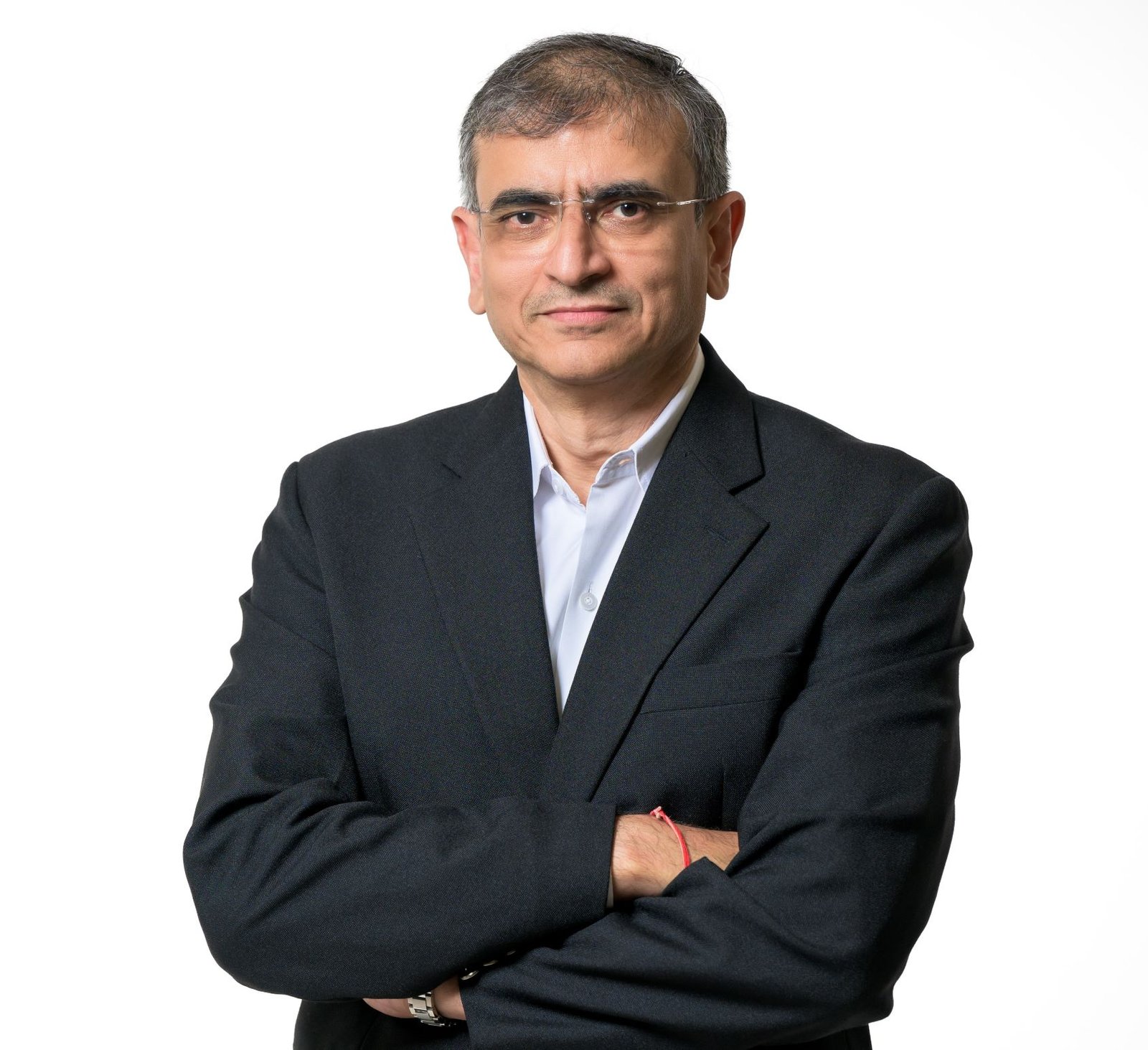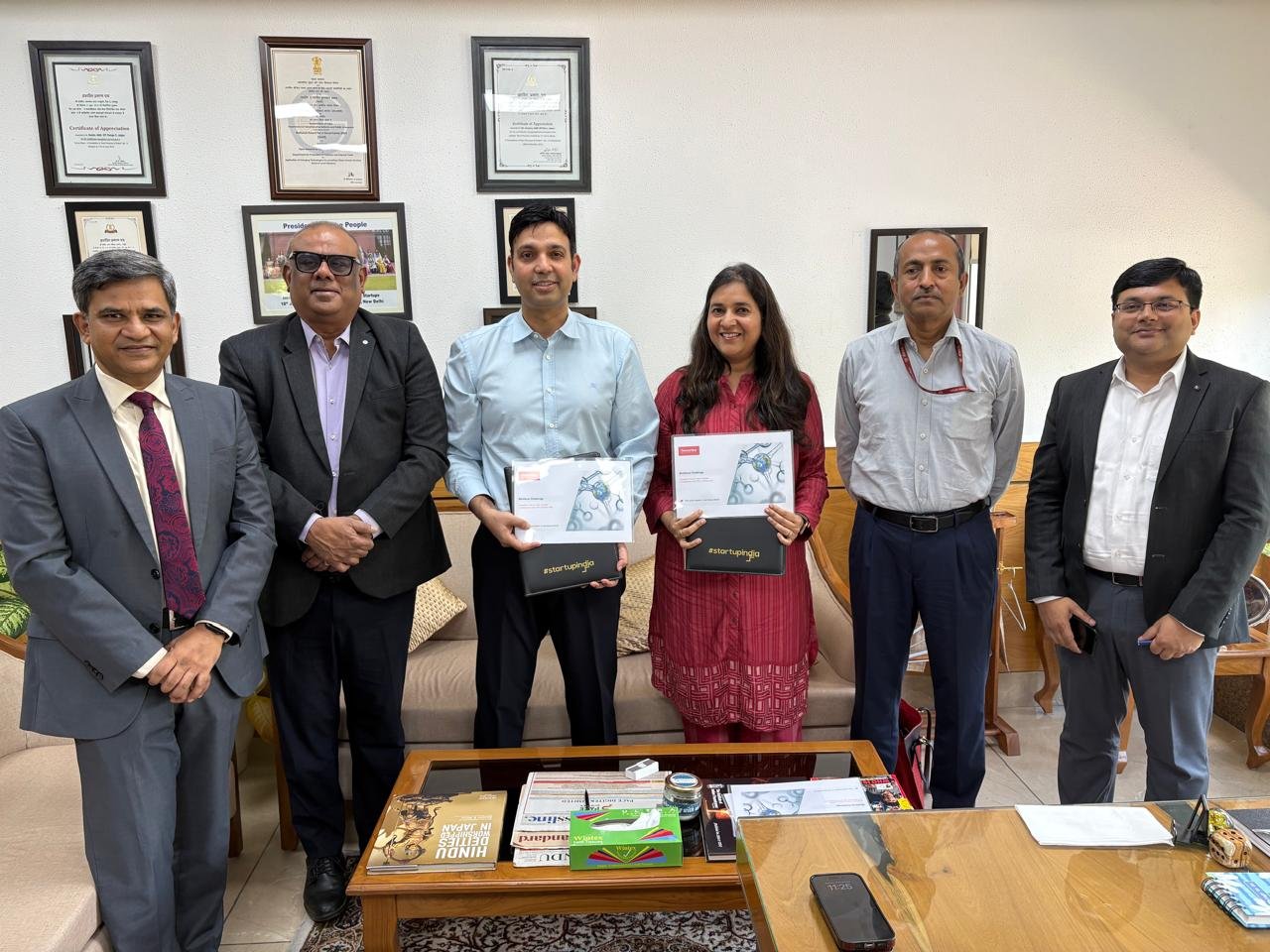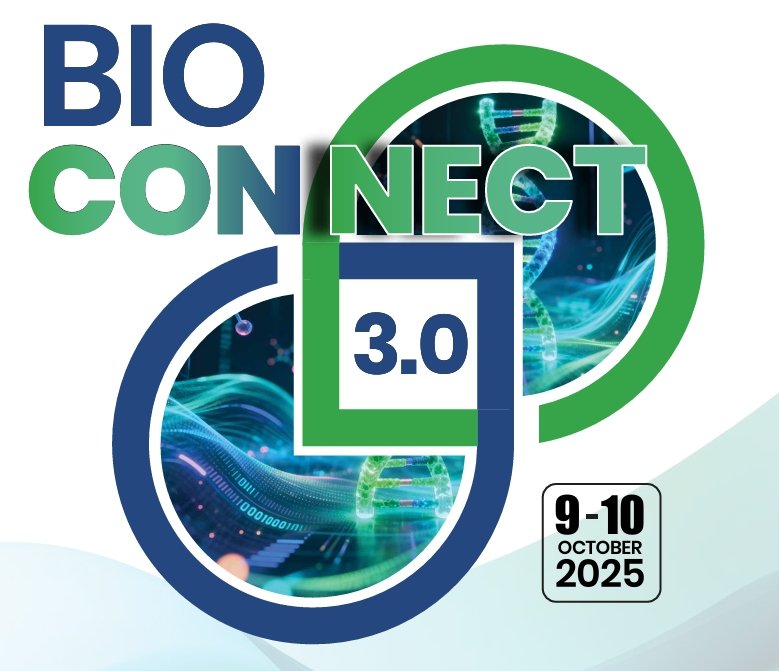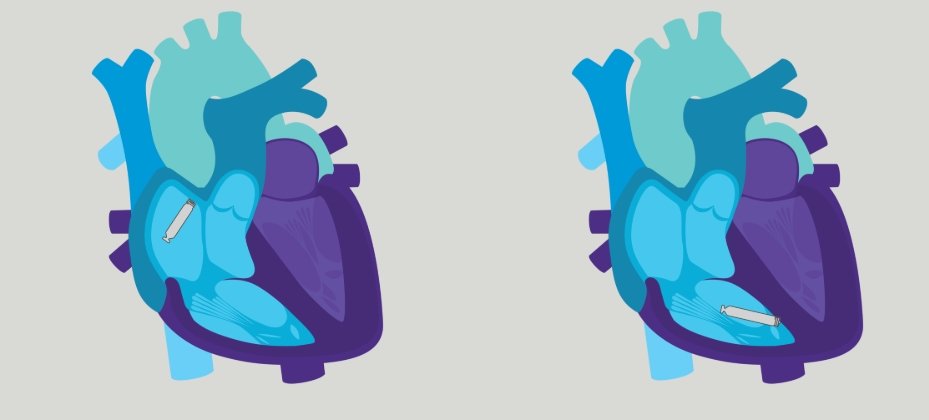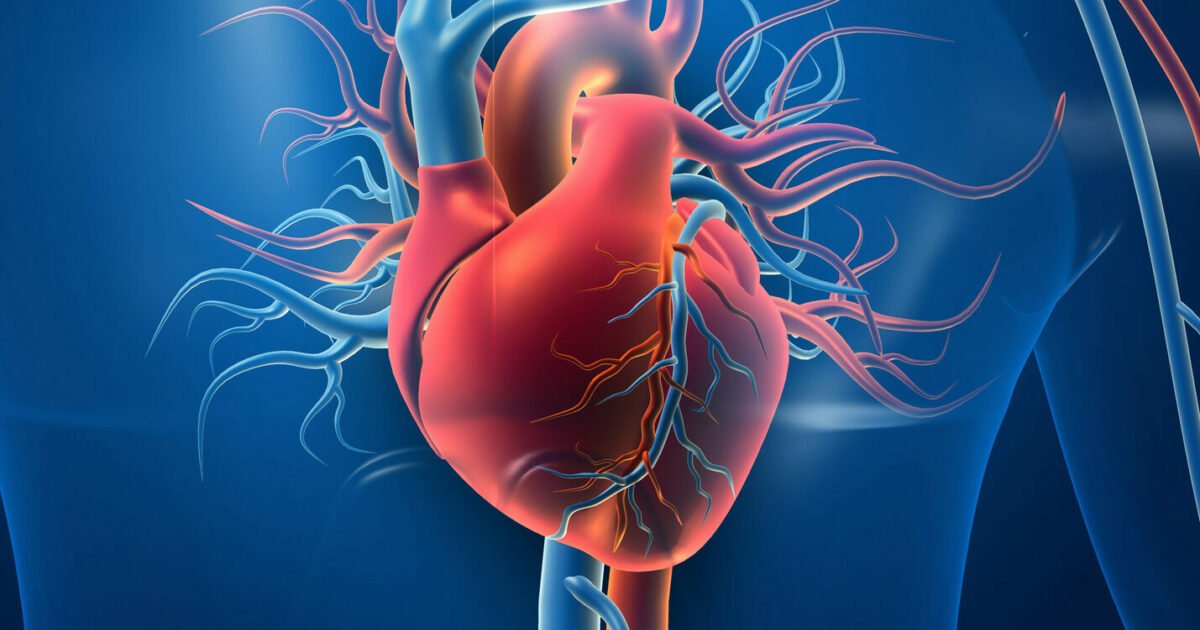The generics boom
June 14, 2007 | Thursday | News
New Page 1
The generics boom
Drugs worth more than $76 billion in sales are set to go "off
patent" in the next few years. This amounts to an explosion in the generic
drug market size. According to research firm, Research and Markets, the global
generic drug market has grown at a rate of 20 percent in 2005; which is four
times that of patented drugs and over three times that of pharmaceutical market.
It is estimated to grow at a CAGR of 13.62 percent during the five-year period
2006-10.A 2006 report released by Datamonitor, estimated that $160 billion
market currently served by blockbuster drugs will open up for the generics
players between now and the year 2015. This has opened up enormous opportunities
for the generics players in Asia. They are all gearing up to tap the new markets
through mergers, acquisitions, and alliances even with their competitors.
BioSpectrum brings to you an overview of the generics boom.
The rise of generics
The deal activity has increased tremendously in the last 12
months as the generics majors prepare to put their best foot forward into the
emerging generics market. In early 2006, Indian pharma major, Dr Reddy's
Laboratories outbid the world's largest generics company, Teva, to acquire
Germany's fourth largest company, Betapharm, for a sum of $570 million. Soon
after followed Ranbaxy's acquisition of Romania's largest generics pharma
company, Terapia, for a consideration of $324 million. In fact,
India-headquartered Ranbaxy, in 2006, executed a record number of eight
acquisitions spanning across
geographies.
Success stories from China include Zhejiang Huahai, a company
that makes blood pressure drug Irbesartan, a generic version of Avapro (Bristol
Myers Squibb) Harbin Pharma that makes Penicillin and Cephalosporin, and Hisun
Pharma that makes Atorvastatin, a generic version of Pfizer's cholesterol
lowering drug Lipitor.
Consider this. At the Generics Congress held recently in
Singapore, Dr Jia-Li Lou, Chairman and CEO of Hisun Pharma said that the Chinese
pharma sector is growing at almost 20 percent and is valued at $65 billion.
Even Japan, the world's second largest pharma market is
ready to embrace the generics players. Teva and Sandoz and Indian players like
Biocon have already reached Japan. India's Lupin is looking for acquisitions
to expand its presence in the $80 billion Japanese market. Japanese generics
companies are also preparing themselves for the sales surge as the government is
changing policies and taking up awareness campaigns to boost generics. The
Japanese govern ment is working to bring legislative changes to allow foreign
investors with an aim to bring down the cost of drugs in the country.
China aims for
center stage
China's biogenerics industry has
experienced rapid expansion and will continue to have steady growth in
future years. Analysts who are tracking China are confident of its
potential as a generics powerhouse.
Ms Eliza Yibing Zhou, project director
for research programs in China and India for Rockville, Maryland–based
business consultancy BioPlan Associates says China is a country with a
large market potential and solid foundation to produce biogenerics and
it will play an important role in the world's biogenerics market in
the
future.
Statistics show that generic drugs
dominate the Chinese pharmaceutical market; 95 percent of Chinese
pharmaceutical products are generic The market share of innovative drugs
(including proprietary drugs) has shown an increase: rising from 17
percent in 1997 to 20 percent in 2003.
The North China Pharmaceutical group
is one of the first companies in China that started research on modern
biotechnology and formed the system for developing generic drug
involving new products R&D, pilot production and commercial
production. It produces over 430 kinds of antibiotics, semi-synthetic
antibiotics, and pharma intermediates.
Some other success stories from China
are Zhejiang Huahai, a company that makes blood pressure drug Irbesartan,
a generic version of Avapro (Bristol Myers Squibb) Harbin Pharma that
makes Penicillin and Cephalosporin, and Hisun Pharma that makes
Atorvastatin, a generic version of Pfizer's cholesterol lowering drug
Lipitor.
At the Generics Congress held recently
in Singapore, Dr Jia-Li Lou, Chairman and CEO of Hisun Pharma said that
the Chinese pharma sector is growing at almost 20 percent and is valued
at $65 billion.
"The state and local governments are making
sustained efforts to encourage the expansion of the biogenerics industry
and enhance IP protection for both domestic and foreign biologics,"
Dr Lou said. |
With governments and public opinion on their side, this is
just the right time for Asian players to consolidate their presence in the major
markets and meet the unmet needs of the millions of patients around the world.
Industry estimates emphasize that in the next 10 years the
complexion of this market segment is going to change dramatically. There will be
consolidation in the industry, stronger players will emerge, and by 2015 it is
likely that you will see a couple of Asian companies break into the top 10 list
of global generic players. For now, from Asia, Ranbaxy rules the roost.
The frontrunner from Asia
The only Asian MNC to be counted in the top 10-list of
generic drug makers, India-headquartered Ranbaxy is headed by its young CEO, Mr
Malvinder Mohan Singh. Better-known as MMS to his friends and colleagues, Singh
has been instrumental in turning around Ranbaxy after its pitiable performance
in FY 2004-05. That was the time the company was facing intense pricing
pressures in the US market, which also happened to be its largest market. That
was just about the time Singh took over reins of the company.
According to Singh, for Ranbaxy the journey from the very
start, in the early 70s, has been ambitious. "Ranbaxy was the first Indian
company to go global and that was way before 'Indian Inc' as such came into
existence," he recounted. The story of Ranbaxy is that of a very old
company keeping pace with times and reinventing itself time and again as it went
along.
Today, Ranbaxy boasts of manufacturing facilities in nine
countries and ground presence in 49 countries. Its products are being sold in
over 125 countries. Gunning for a spot among top five, it is aiming at $5
billion in revenues by 2012.
In 2006, the company successfully closed eight acquisition
deals across geographies spanning US, Europe, Africa and Asia. For acquisitions,
Ranbaxy works within a very well defined financial framework, which is why the
company backed out of acquiring Merck's generic drug business, informed Singh.
"Along with being a good strategic fit the acquisition target should also
add to the economic value," he elaborated emphasizing that Ranbaxy will
actively pursue both organic and inorganic growth to reach its target revenue of
$5 billion.
In the year that went by, the company turned its attention to
focus on emerging markets. In 2006, Ranbaxy strengthened its ground presence in
Europe market. The blueprint included an equity stake in Terapia.
As for the high selling products-in-the-making at Ranbaxy,
there is a huge list but Singh is banking heavy on Ranbaxy's Atorvastatin
launch in the US scheduled for 2010. He expects the huge financial returns from
there will help him take Ranbaxy to another level of growth. Ranbaxy is set to
close 2007 with $2 billion in revenues and Singh sees it happening as per plan.
He is keeping the pace, striving to move his company up the value chain with a
two-pronged agenda: One, attaining & retaining strong leadership in the
generic space and two, leveraging IP that Ranbaxy is creating via innovation and
commercializing it. The company is actively expanding in new drug discovery and
novel drug discovery systems.
The list of Indian companies riding the generics wave runs
long. Led by Ranbaxy the list includes Cipla, Dr Reddy's Laboratories, Sun
pharmaceuticals, Nicholas Piramal, Zydus Cadila, Glenmark, Orchid Chemicals and
Wockhardt among others. Each of these companies are well-entrenched in their
respective segments. For instance, Cipla supplies its cheap anti-AIDS drug to
more than 35 countries, mainly in Africa.
According to industry estimates Indian drug-makers are
expected to acquire a 33 percent share of the global generic market in the next
two years as against the current four percent market share.


